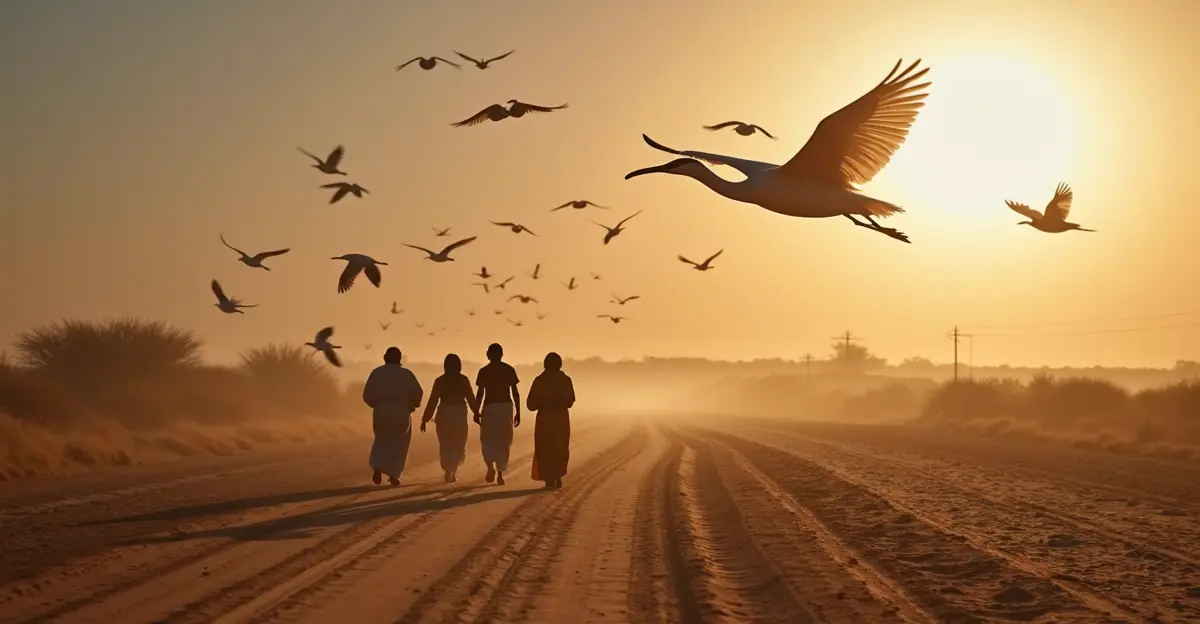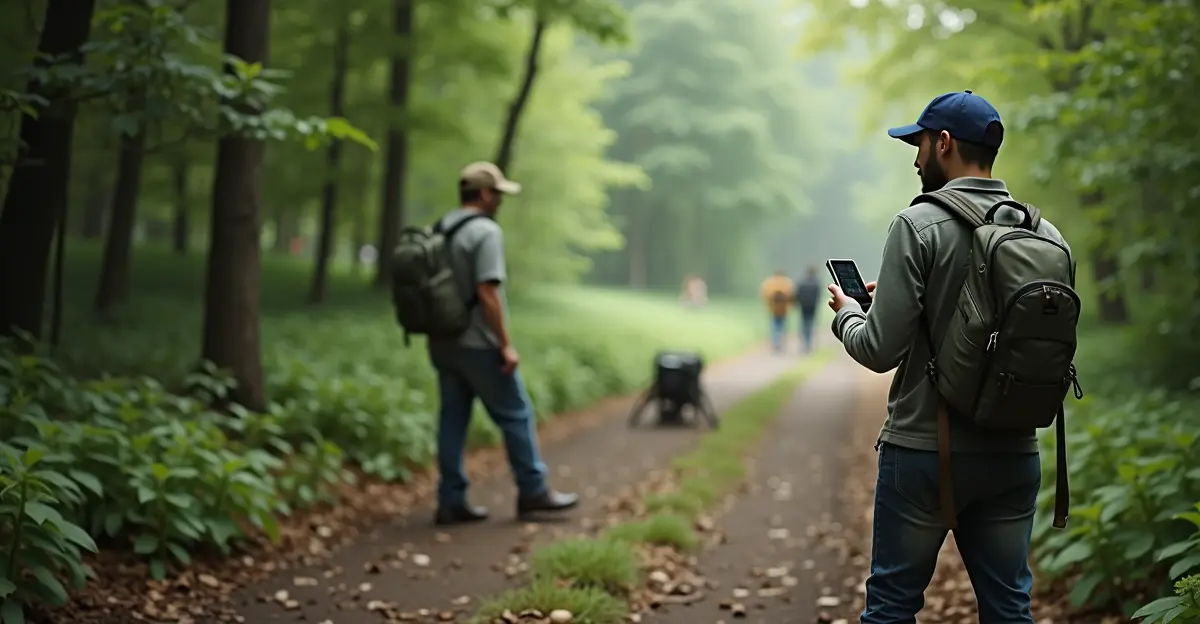Citizen science apps in 2025 enable real-time bird migration tracking, aiding conservation and research through crowdsourced data, despite challenges like accuracy and privacy.

Revolutionizing Bird Watching: How Apps Are Changing Migration Tracking
In 2025, bird migration tracking has entered a new era, thanks to the rise of citizen science apps that allow everyday people to monitor avian movements in real-time. These applications, such as eBird and BirdCast, leverage smartphone technology and crowdsourced data to provide unprecedented insights into bird behavior, helping scientists and conservationists alike. 'It's like having thousands of extra eyes in the field,' says Dr. Jane Smith, an ornithologist at the Cornell Lab of Ornithology, highlighting how these tools democratize data collection. Users can report sightings, track routes, and even receive alerts about rare species, making bird watching more interactive and impactful.
The Technology Behind the Tracking
Modern bird migration apps integrate GPS, weather data, and machine learning algorithms to predict and visualize bird movements. For instance, the BirdCast app uses radar data to show real-time migration maps, while eBird, developed by the Cornell Lab of Ornithology, allows users to log observations that contribute to a global database. This data is crucial for understanding how climate change and habitat loss affect migration patterns. In 2025, updates have made these apps more user-friendly, with features like AI-powered bird identification and integration with social media for sharing discoveries.
Impact on Conservation and Research
The influx of data from citizen scientists has led to significant breakthroughs. For example, a recent study published in Nature Ecology & Evolution used app data to reveal shifts in migration timing due to global warming. 'We're seeing birds arriving earlier in spring, which disrupts ecosystems,' notes Dr. Alex Johnson, a conservation biologist. Apps also play a role in protecting endangered species; alerts about bird collisions with buildings have prompted cities to implement lights-out policies during peak migration. According to Audubon Society reports, such initiatives have reduced bird fatalities by up to 80% in some areas.
Challenges and Future Directions
Despite the benefits, challenges remain. Data accuracy can vary with user expertise, and privacy concerns arise from location tracking. However, developers are addressing these issues with verification systems and opt-in features. Looking ahead, experts predict that by 2030, these apps could incorporate augmented reality for immersive birding experiences. 'The future is about making science accessible to all,' adds Dr. Smith. As technology evolves, bird migration apps are set to become even more integral to ecology and public engagement.

 Nederlands
Nederlands
 English
English
 Deutsch
Deutsch
 Français
Français
 Español
Español
 Português
Português









